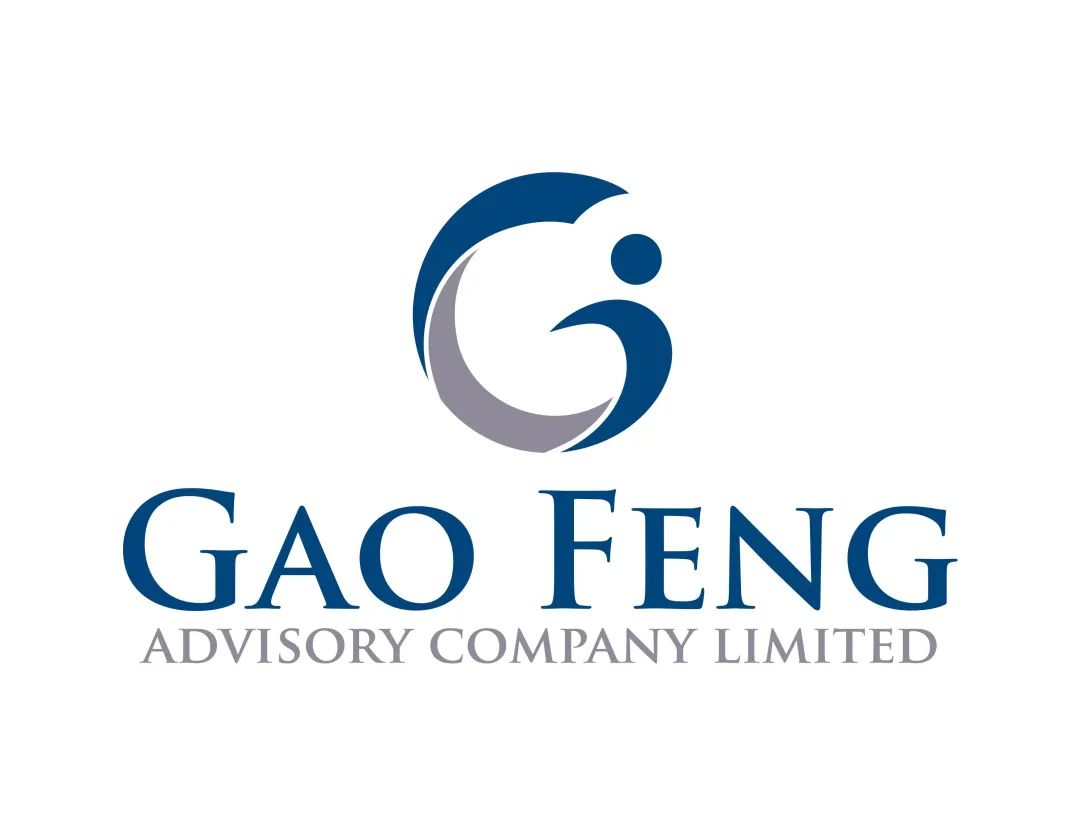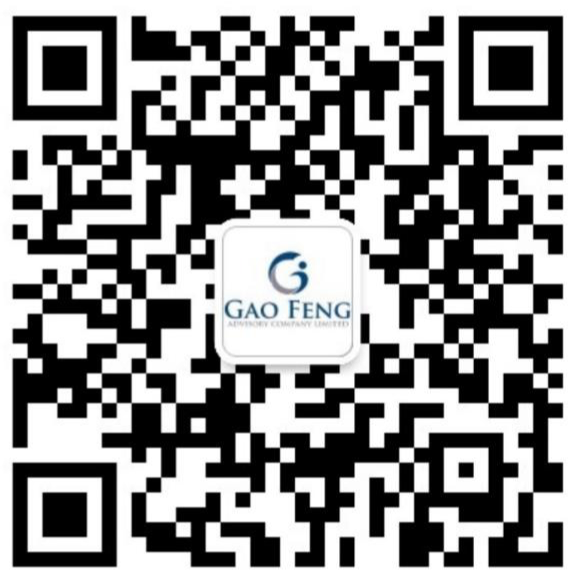SCMP | Path to Modernity

By Edward Tse
Founder & CEO, Gao Feng Advisory
2023-02-22
Originally published by South China Morning Post on February 22 with title in the print version, “Path to Modernity” and that in the online version, "Chinese Modernisation may Baffle the West, but it Works" All rights reserved.
President Xi Jinping told key Communist Party figures on February 7 that China would continue to pursue Chinese modernisation, as a path distinct from Westernisation. The rest of the world is still trying to decipher what Chinese modernisation means.
The failure to understand Chinese modernisation outside China is tied to the West’s belief that the country owes its competitiveness in global markets to unfair means, including infringement of intellectual property rights and use of government subsidies.
Some Western critics believe China’s massive population and domestic market have facilitated huge – but largely by way of brute force – manufacturing capacities. Some say the Chinese have an ability to take a long-term view but can’t explain why, and some believe that while China is efficient, it lacks ingenuity.
Chinese thinkers and leaders began to reflect on how China should modernise itself in the early 1840s. Since then, there have been many rounds of reflection and attempts at revitalisation. The period between the First Opium War and the late 1970s was marked by almost continual tumult.
Deng Xiaoping’s reform and opening up marked a turning point towards greater experimentation and adaptation. Deng knew he didn’t have all the answers, but was willing to try.
That this pragmatic approach has delivered economic growth is evident to the world. China is now seeking its own path to modernity, one that is compatible with its own history, culture and civilisation.
The concept of “Chinese modernity” is rooted in traditional Chinese thought – Confucianism, Daoism, Mohism, Legalism and others – shaped by outside influences, predominantly Buddhism, around 2,000 years ago. The adoption of Marxism in 1949 and of market economics since the start of reforms attest to the continued evolution of Chinese civilisation.
In recent decades, China’s ability to coordinate large-scale economic activity has steadily increased. State-owned and private enterprises coexist in a mostly complementary manner, with state-owned enterprises delivering public goods for the benefit of society. Central government policies are woven into the programmes of provincial governments, and local governments often provide support to businesses to facilitate growth.
This multilayered structure and cooperation between seemingly competing sections of society, coupled with a willingness to experiment, learn and adapt, has delivered sterling growth.
In his speech at the 20th Party Congress last October, Xi said he envisioned China being a modern socialist country by 2050. To this end, he outlined five principal characteristics of Chinese modernisation: common prosperity, harmony between people and nature, peaceful development, modernisation of the population and cultural-ethical advancement alongside material growth.
Xi also emphasised the importance of innovation and technology in national development and the resolve to achieve both higher-efficiency growth and common prosperity at the same time.
Bob Ching, founding partner of Boston Consulting Group in China, told me in the early 1990s that “socialist market economy” – the term China had begun to use at that time – sounded like an oxymoron, but was actually logical. I didn’t quite understand what he meant at the time, but what he said stuck in my mind over the subsequent three decades.
My guess is that Ching meant the developed world believes that concepts like socialism and capitalism, collectivism and individualism, and ideology and pragmatism cannot coexist with each other. For them, it is “either or”.
Philip P. Pan of The New York Times is one of the few in the West who has come close to comprehending China. In 2018, he wrote in an article titled “The Land That Failed to Fail” that China has veered “between opening up and clamping down, between experimenting with change and resisting it, always pulling back before going too far in either direction for fear of running aground”.
China’s immense ability to experiment, learn and adapt since its reform and opening up, and to embrace seemingly opposing concepts simultaneously, has enabled it to achieve rapid economic transformation. While entrepreneurial individuals have taken giant leaps in business, among the masses there is a collective desire to re-establish China as one of the world’s most influential nations – a position the Chinese believe they deserve.

Though China has transformed its traditionally agrarian economy into a manufacturing giant, its long history of living in harmony with nature continues to shape the views and values of its people. This is what is driving the nation’s steep focus on sustainability. Beyond manufacturing, China has quickly emerged as a world leader in renewable energy and emissions reduction.
China has grown on the back of its belief that apparently opposing drivers are a fact of life, and that developing approaches and systems to address these opposing drivers effectively is the key to accelerated growth. The Chinese started thinking of the world in terms of opposing forces at work more than 2,500 years ago. They called this concept yin and yang, and it still prevails today.
As with any experimental approach, occasional problems are bound to arise, but China’s track record in development over the last several decades has been significant. Some may argue for the “Chineseness” of such an approach. However, I believe the underlying factors are universal, logical and rational.
China has demonstrated a broad capability for industry, science and technology, and it continues to progress towards becoming a modern society. It is fair to foresee that China is going to contribute significantly to the making of a new world economic order.



Gao Feng Advisory
Gao Feng Advisory Company is a professional strategy and management consulting as well as investment advisory firm with roots in China coupled with global vision, capabilities, and a broad resources network
Wechat Official Account:Gaofengadv
Shanghai Office
Tel: +86 021-63339611
Fax: +86 021-63267808
Hong Kong Office
Tel: +852 39598856
Fax: +852 25883499
Beijing Office
Tel: +86 010-84418422
Fax: +86 010-84418423
E-Mail: info@gaofengadv.com
Website: www.gaofengadv.com
Weibo: 高风咨询公司
